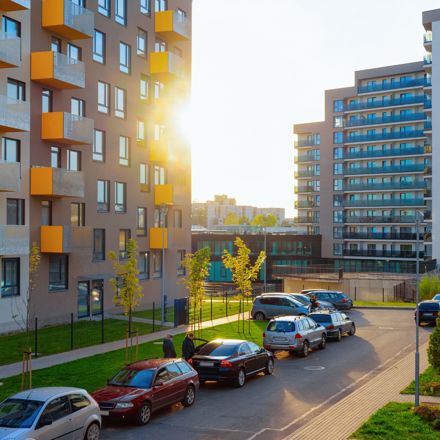Car parking can make or break rental demand in Auckland. While tenants in central areas may value proximity to buses, trains, and amenities more than a garage, those in the suburbs often see parking as essential. Understanding how location and tenant lifestyle influence expectations helps investors avoid costly rental downtime.
Location Shapes Tenant Parking Needs
Proximity to public transport, shops, and cafés changes how important car parking is. In central hubs or near train lines, fewer car parks may still attract tenants who prioritise convenience and walkability. But in areas where supermarkets and workplaces require a car trip, tenants are far less willing to compromise on secure parking.
Matching Car Parks to Property Size
The bigger the property, the more parking tenants expect. A four-bedroom home, for example, usually needs at least three car parks to suit families or shared households with multiple vehicles. Fewer spaces can limit the tenant pool and reduce achievable rent.
The Role of Garaging and Usable Parking
Off-street parking is only valuable if it is fit for purpose. A single garage should comfortably fit a modern vehicle, allowing tenants to park and exit with ease. With many New Zealanders favouring SUVs over compact cars, undersized or awkwardly designed garages can frustrate tenants and impact rental appeal. Investors should also consider whether off-street parking is complemented by adequate on-street spaces. Visitors are unlikely to take public transport to visit friends or family, so convenient street parking can be just as important as a driveway.
Comparing Old and New Builds
Interestingly, older properties with multiple car parks can sometimes achieve higher rents than brand-new properties with limited or no parking. In these cases, lifestyle preferences and commuting patterns matter more than modern finishes. Investors must look closely at the demographics of the suburb when making purchasing decisions.
Conclusion
Car parking is not a “nice to have” but a key factor in Auckland’s rental market. Investors who weigh transport links, property size, garaging, and tenant demographics are better placed to secure strong rent and minimise vacancy. For long-term returns, balance location with practical tenant needs.




